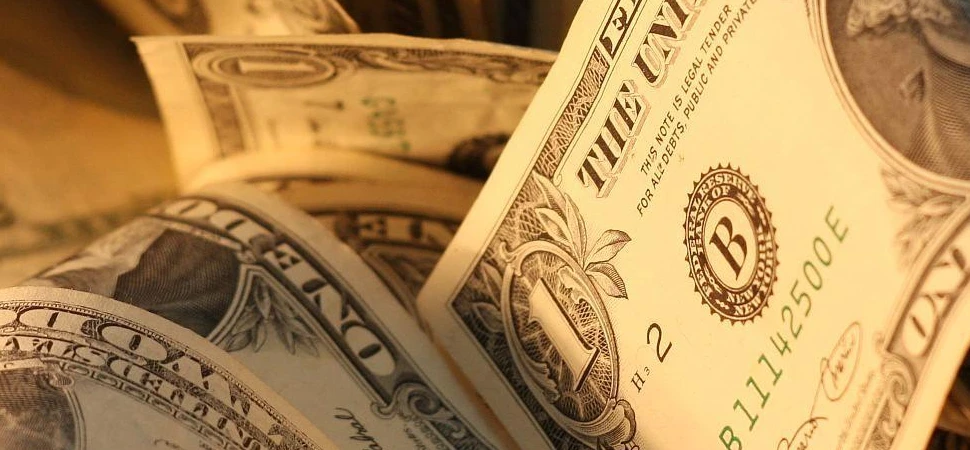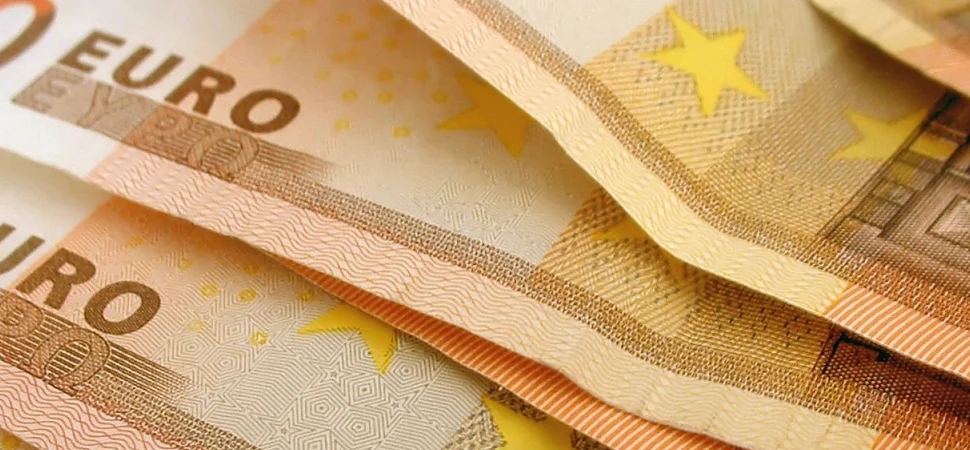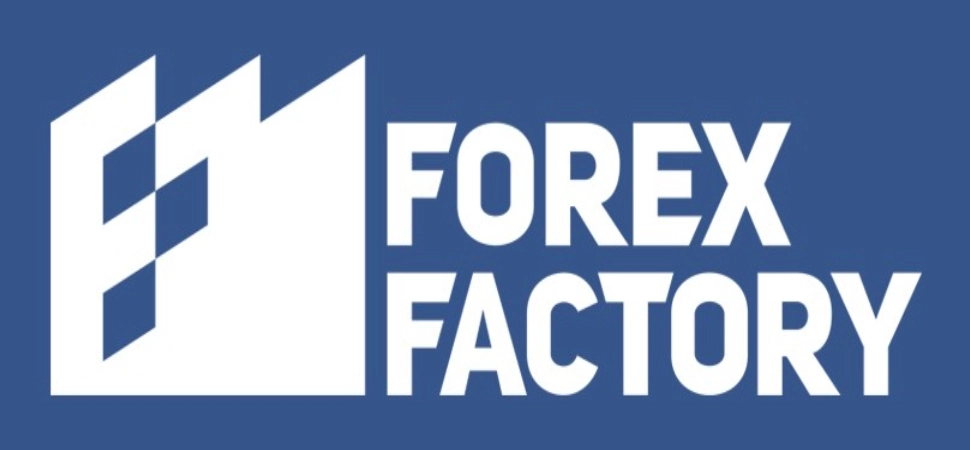07.05
Share ArticleForex History: The birth of a legend

Forex trading, the buying and selling of fiat currencies, is a centuries-old activity dating back to Babylonian times. Today, the foreign exchange market is one of the largest, most liquid and accessible in the world. It has been shaped by several major global events such as Bretton Woods and the gold standard.
The barter system
The barter system is the oldest method of exchange. It originated in 6000 BC and was introduced by the tribes of Mesopotamia. Under the barter system, goods were exchanged for other goods. Later, the system evolved and goods such as salt and spices became a popular means of exchange. Ships would set sail to exchange these goods, which represented the first form of foreign trade. Finally, as early as the 6th century BC, the first gold coins were made and used as money because they had important characteristics such as portability, durability, divisibility, uniformity, limited supply, and acceptability.
Gold coins were widely accepted as a medium of exchange but were impractical because of their weight. In the 1800s, countries adopted the gold standard. The gold standard guaranteed that the government would exchange any amount of paper money for its value in gold. This system worked well until World War I, when European countries were forced to suspend the gold standard in order to print more money to pay for the war.
At that time and into the beginning of the 1900s, the gold standard supported the currency market. Countries traded with each other because they could convert the currency they received into gold. However, the gold standard did not survive the world wars.
Bretton Woods system
The first major transformation of the foreign exchange market, the Bretton Woods system, occurred at the end of World War II. The US, UK and France gathered at the UN Monetary and Financial Conference in Bretton Woods (NG) to define a new world economic order. The location of the conference was chosen because at the time, the United States was the only country spared by the war. Most major European countries lay in ruins. In fact, World War II had transformed the U.S. dollar from a currency that had failed after the stock market crash of 1929 to a benchmark currency against which most other international currencies could be compared.
The Bretton Woods Agreement was created to create a stable environment in which the world economy could recover. To accomplish this, a regulated exchange rate market was created. A regulated fixed exchange rate is an exchange rate policy in which one currency is fixed against another currency. In this case, foreign countries "fixed" their exchange rates against the dollars. The dollars were pegged to gold because at the time the United States had the largest gold reserves in the world. Therefore, foreign countries conducted their transactions in dollars (which is how the U.S. dollar became the world's reserve currency).
Ultimately, the Bretton Woods Agreement failed to peg gold to the U.S. dollar because there was not enough gold to maintain the number of dollars in circulation, which was increasing due to increased borrowing and government spending. In 1971, President Richard M. Nixon terminated the Bretton Woods system, which quickly led to the dollars fluctuating freely against other foreign currencies.

Smithsonian Agreement
The Bretton Woods Agreement was followed in December 1971 by the Smithsonian Agreement, which was similar but provided for a wider range of currency fluctuations. The United States pegged the dollar to gold at 38 dollars per ounce, which devalued the dollar. Under the Smithsonian Agreement, other major currencies could fluctuate by 2.25% against the U.S. dollar as long as the U.S. dollar was pegged to gold.
In 1972, the European Community attempted to free itself from dependence on the dollars. West Germany, France, Italy, the Netherlands, Belgium and Luxembourg created the European Monetary System. Both agreements made the same mistakes as the Bretton Woods agreements and collapsed in 1973. These failures led to the official move to a free float system.
Plaza Agreement
At the beginning of the 1980s, dollars rose sharply against other major currencies. Exporters suffered, and the U.S. current account deficit amounted to 3.5% of GDP. In response to the stagflation that began in the beginning of the 1980s, Paul Volcker raised interest rates, strengthening the dollars (and reducing inflation) at the expense of U.S. industry's competitiveness in the world market.
The weight of the U.S. dollar crushed Third World countries under the weight of their debts and led to the closing of U.S. factories unable to compete with foreign rivals. In 1985, the Big Five, the world's most powerful economies - the United States, Britain, France, West Germany and Japan - sent their representatives to a secret meeting at New York's Plaza Hotel. News of the meeting leaked out, causing the G-5 to issue a statement encouraging the appreciation of currencies other than dollars. This statement, known as the "Plaza Accord," caused the dollars to plummet.
It didn't take long for traders to realize the profit potential of this new world of currency trading. Even with government intervention, fluctuations remained very strong, and where there is fluctuation, there is profit. This became clear just over a decade after the collapse of the Bretton Woods system.

Creation of the Euro
After World War II, Europe entered into many treaties designed to bring the countries of the region closer together. None was more fruitful than the 1992 treaty known as the Maastricht Treaty, named after the Dutch city where the conference was held. This treaty created the European Union (EU), led to the creation of the euro, and laid down a consistent set of foreign and security policy initiatives. The treaty has been amended numerous times, but the creation of the euro has given European banks and businesses the advantage of eliminating exchange rate risk in an increasingly globalized economy.
Internet trading
In the 1990s, foreign exchange markets became more complex and faster than ever before because people's perception and use of money was changing. A person sitting alone at home could find an accurate price at the touch of a button that a few years earlier would have required an army of traders, brokers, and telephones. These advances in communications came at a time when the old divisions gave way to capitalism and globalization (the fall of the Berlin Wall and the Soviet Union). For Forex, everything has changed. Currencies that were previously excluded by totalitarian political systems could be traded. Emerging markets such as those in Southeast Asia flourished, attracting capital and currency speculation.
The history of currency markets since 1944 is a classic example of the free market in action. Competitive forces created an unprecedented liquidity market. Spreads have fallen significantly due to increased online competition between reliable participants. Individuals trading large sums of money now have access to the same electronic communication networks used by international banks and traders.
Today, the foreign exchange market is the largest in the world. More than 5 trillion dollars worth of transactions are made in the foreign exchange market every day. The future of the foreign exchange market is shrouded in uncertainty and is constantly evolving, creating new opportunities for traders.


Reviews